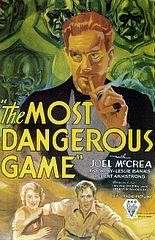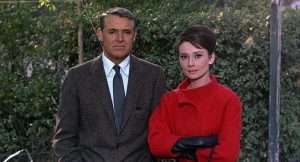The views expressed in this blog are those of the author and do not necessarily reflect the official policy or position of RCN or any other agency, organization, employer or company.
For over a hundred years some of the greatest video treasures of all time have been produced. Some have been lost in the sands of time and others, soon to be rediscovered, will become fan favorites for a whole new generation.
Each week we will feature just one of the many hidden gems that you can see on RCN TV with insights and commentaries on classic television shows and legendary cinematic performances.
According to legend (aka, “The ‘I Love Lucy‘ Book” by Bart Andrews) when “The Lucy Show” pilot was being filmed, co-star Vivian Vance and Executive Producer (and Lucille Ball’s former husband) Desi Arnaz were watching high above the stage on the catwalk, both in tears with Vance proclaiming, “It isn’t the same, is it?”
This, of course, was a reference to the impossible task of trying to repeat the amazing success of one of television’s all-time greatest comedies, “I Love Lucy,” which share ratings numbers that have rarely ever been matched, even to this day.
Still, the follow-up to the initial Lucille Ball-starred TV show had a tremendous run in its own right, packed with trend-setting elements and interesting storylines – both on and off screen.
First of all, it was one of the first shows to feature two divorced women living without their husbands while successfully raising young children.
The show was successful both in terms of popularity and critical acclaim, capturing several Emmy awards and nominations throughout its six-year run. This, despite numerous cast, setting and show format changes, including its controversial switching from black-and-white to color photography.
According to “The Lucy Book” by Geoffrey Mark Fidelman, the show was never meant to last beyond one season and was a tool by Desilu Productions (owned by Arnaz and Ball) to try to reverse the production company’s trend of producing struggling television shows. The idea was to try to force CBS to buy a bundle of failing Desilu shows in order to have “The Lucy Show” on their schedule. (This technique is now employed by most major networks, forcing outlets to carry smaller, less-watched channels while holding highly successful network(s) as bait.)
Ironically, Ball first balked at the idea of such a ploy, only to use this strategy in renewing this series in its later years.
Ball was initially hesitant to get back into television and only would do so after insisting that the original “I Love Lucy” writers, co-star Vance and other regular guest stars (Mary Jane Croft, Gale Gordon) would be involved in this production.
The show’s airing network, CBS, had some reservations before green-lighting the show. The TV executives felt that Ball would have trouble carrying the series without her husband on screen with her, like on “I Love Lucy.” In another ironic twist, back in 1949, the same network wouldn’t believe that Arnaz could carry off the role of being Lucy’s husband – even though they were married in real life. It took Lucille’s ultimatum that Desi would play her husband or she wouldn’t do the show before CBS gave its approval for the original series.
Vance also needed persuasion to return to the small screen to become Lucy’s sidekick. Tired of being called “Ethel” in public, she insisted on using her real name on the show and also demanded more glamorous clothes as opposed to the ones Lucille forced her to wear repeatedly on the original series.
With some of her most trusted friends, long-time colleagues – both on and off screen – and even her former husband serving as the show’s executive producer, Ball’s “The Lucy Show” was primed to be a major hit on CBS.
However, this was just the beginning of a tumultuous relationship for many of the people involved, including ripping apart one of television’s best loved friendships.
More on this show in next week’s blog entry….
You can see “The Lucy Show,” every Wednesday morning at 11am on RCN-TV.
To see the full listing of classic programming on RCN TV, check out the weekly listings here on our website.











